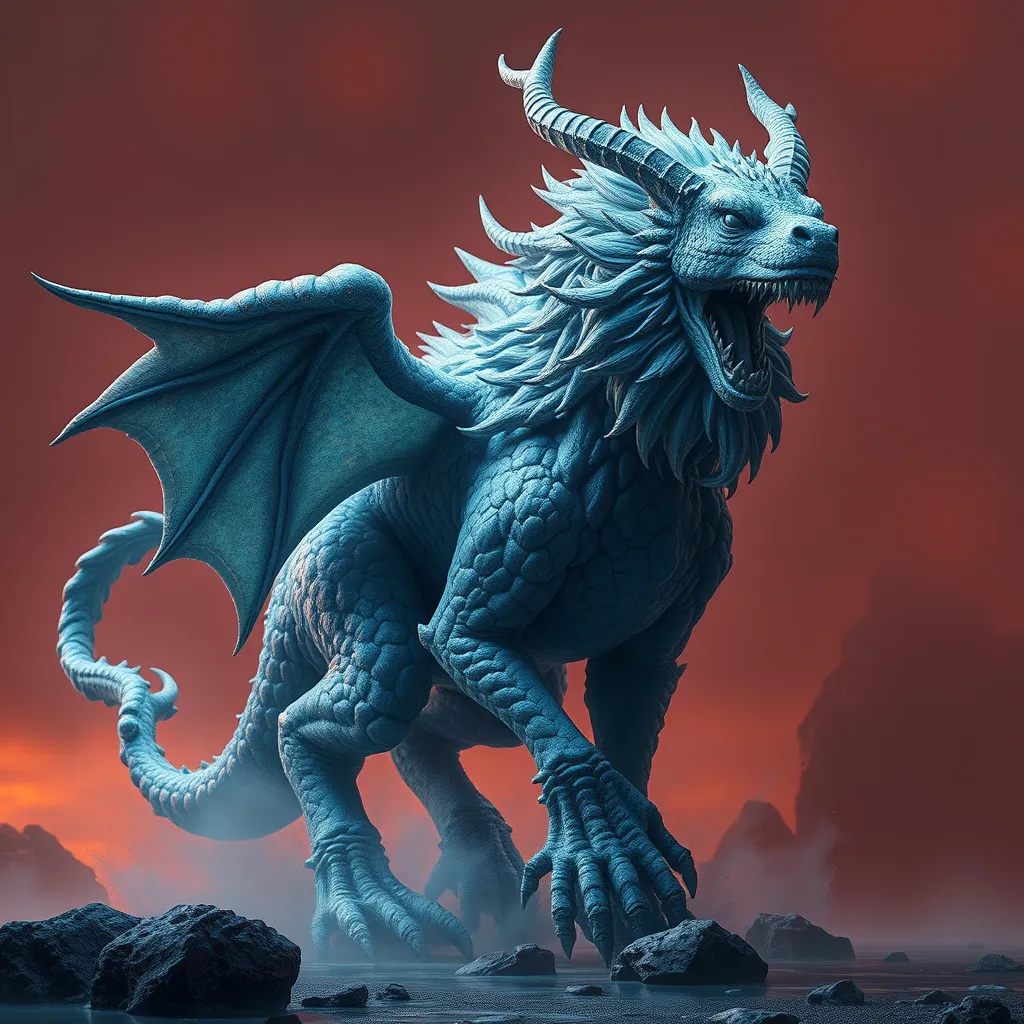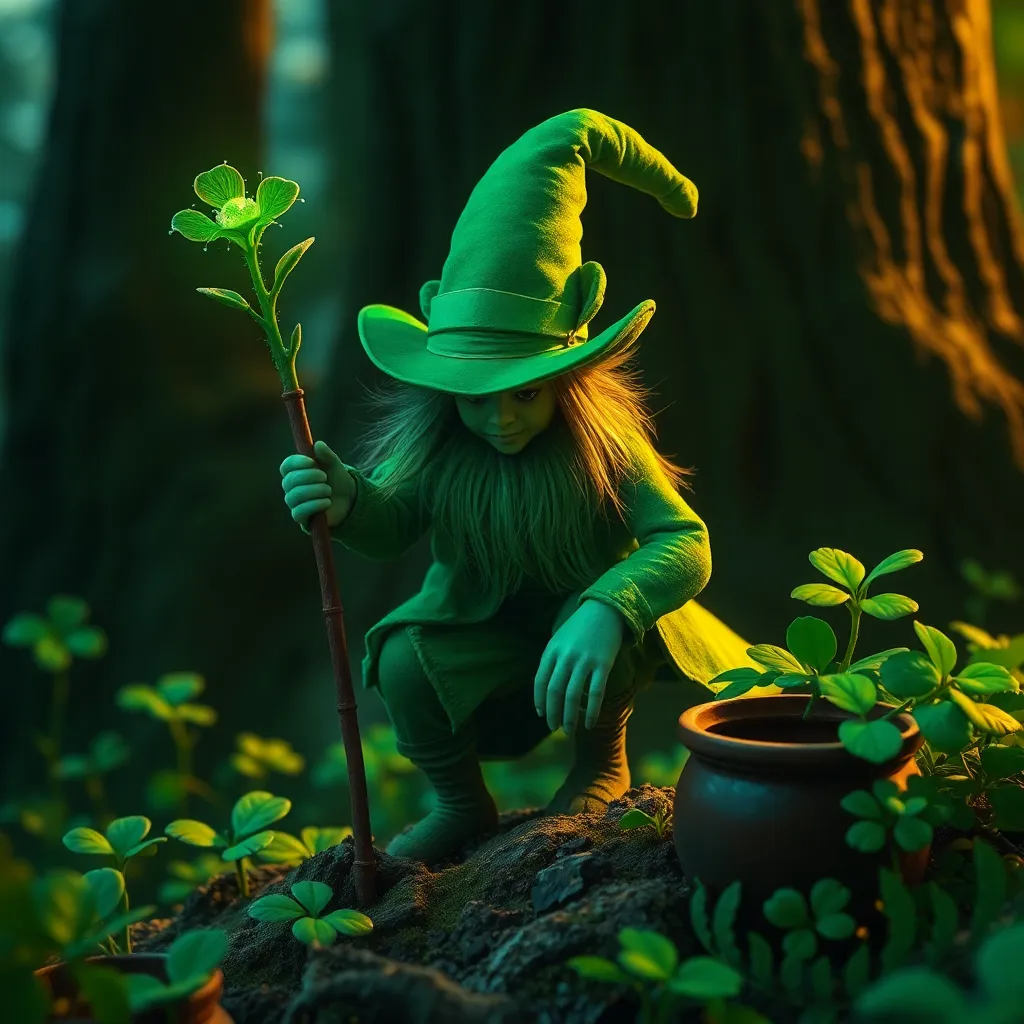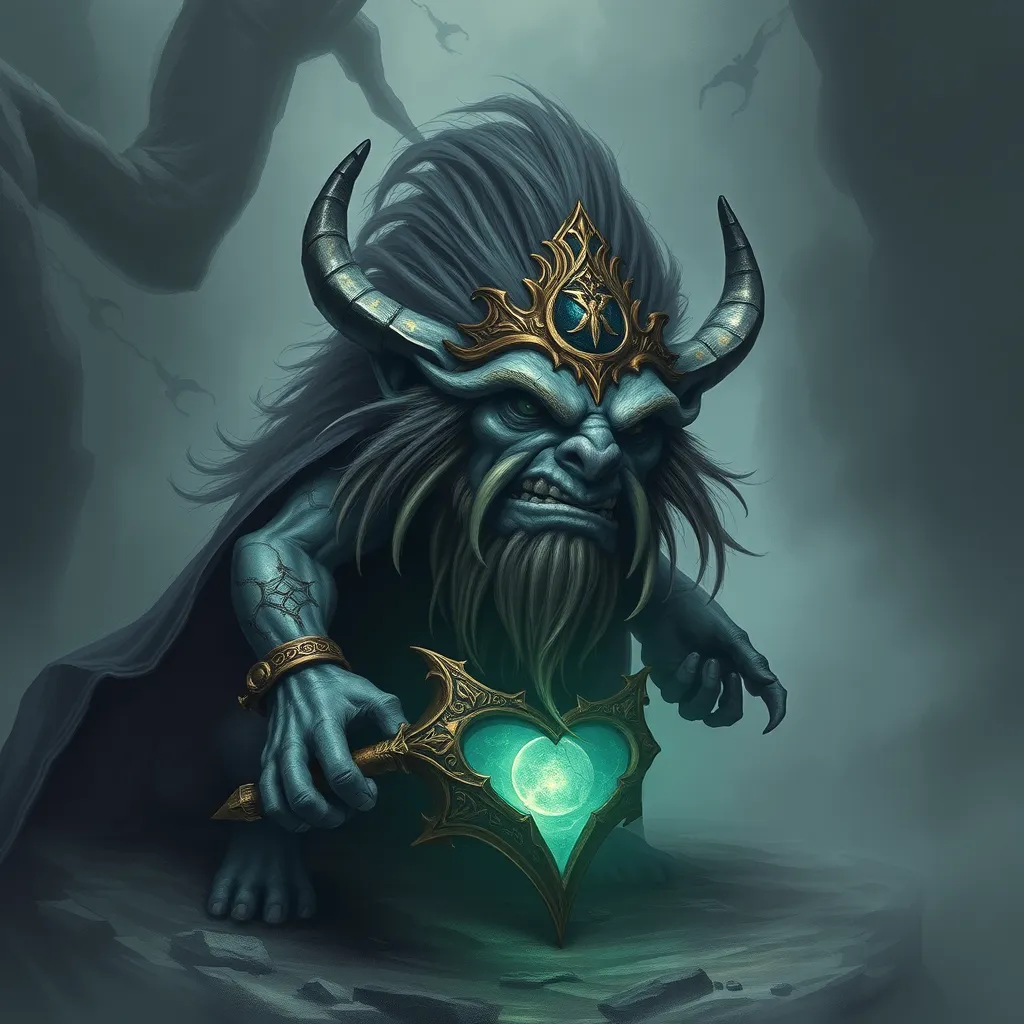Chimeras in Modern Culture: From Fantasy Literature to Film and Games
I. Introduction
Chimeras, creatures composed of multiple distinct parts, have captivated the human imagination for centuries. In mythology, they are often represented as monstrous hybrids, embodying the chaos of nature and the fears of humanity. In modern contexts, chimeras extend beyond their mythological roots, symbolizing complex themes of identity, transformation, and the blending of boundaries. This article explores the significance of chimeras in contemporary culture, focusing on their representation in literature, film, and video games.
II. Historical Background of Chimeras
The term ‘chimera’ originates from Greek mythology, specifically the creature described in Homer’s “Iliad.” Traditionally depicted as a fire-breathing creature with a lion’s head, a goat’s body, and a serpent’s tail, the chimera was a symbol of the unnatural and the monstrous. Over time, various cultures have adopted and adapted the concept, leading to a rich tapestry of interpretations.
In ancient Rome, chimeras appeared in art and literature, often symbolizing the amalgamation of various forces. Similarly, in Asian cultures, creatures like the Qilin or the Baku evoke the chimera’s essence, merging elements of different animals to represent harmony, prosperity, or protection. As societies evolved, so did the understanding of chimeras, transitioning from mythical beings to metaphors for societal issues, personal struggles, and existential questions.
III. Chimeras in Fantasy Literature
Chimeras have found a prominent place in fantasy literature, both in classic texts and contemporary novels. Works such as J.R.R. Tolkien’s “The Silmarillion” and Neil Gaiman’s “American Gods” feature chimeric elements that enrich their narratives. These chimeras serve not just as fantastical creatures but as symbols of deeper themes.
- Prominent Examples:
- In “The Silmarillion,” the dragons are often described with chimeric traits, embodying both beauty and terror.
- In “American Gods,” the character of Mr. Wednesday showcases chimeric qualities, representing the fusion of old and new gods.
Themes associated with chimeras in literature include:
- Identity: Characters often grapple with their duality or multiplicity.
- Transformation: The metamorphosis of beings reflects personal growth or loss.
- Conflict: Chimeras symbolize the internal and external struggles faced by protagonists.
Moreover, literary chimeras influence character development and plot progression, often serving as catalysts for change or conflict. Their existence challenges characters to confront their fears and desires, leading to profound transformations.
IV. Chimeras in Film
Chimeras have also made significant appearances in film, often visualized through innovative special effects and creative storytelling. Notable films that feature chimeric characters include:
- Pan’s Labyrinth: The film’s faun and other magical creatures embody chimeric qualities, blurring the line between beauty and horror.
- Splice: This sci-fi horror film directly engages with the concept of genetic chimeras, exploring ethical dilemmas surrounding genetic engineering.
- The Shape of Water: The romantic relationship between a woman and a humanoid aquatic creature reflects themes of acceptance and the beauty of the ‘other.’
The visual representation of chimeras in film often leverages cutting-edge technology, creating stunning and sometimes unsettling images that resonate with audiences. These representations can significantly impact narrative structure, allowing filmmakers to explore themes of monstrosity and acceptance.
V. Chimeras in Video Games
In the realm of video games, chimeras are frequently represented as characters, enemies, or even gameplay mechanics. Titles like “Final Fantasy,” “Bloodborne,” and “Resident Evil” feature chimeric elements that enhance the player’s experience.
- Examination of Chimeras:
- In “Final Fantasy,” many creatures are hybrids, showcasing various animal traits that challenge players.
- “Bloodborne” introduces players to horrific chimeras that embody themes of madness and transformation.
- “Resident Evil” often features mutated beings that represent the consequences of human experimentation.
Chimeras in video games not only enrich the narrative but also engage players through unique gameplay mechanics. The challenge of battling these creatures often reflects the player’s internal struggles, creating a deeper connection between the game and its audience.
VI. Thematic Significance of Chimeras
The thematic significance of chimeras extends across various media, often exploring complex ideas related to identity, monstrosity, and the human experience. Some key themes include:
- Identity: Chimeras raise questions about what it means to be human, as characters grapple with their hybrid nature.
- Monstrosity: They often represent societal fears, serving as metaphors for the ‘other’ in society.
- Desire: Chimeras can symbolize the conflict between human desires and societal norms.
Across genres and mediums, chimeras serve as recurring motifs, linking various narratives through their symbolic representations of chaos and complexity.
VII. Future of Chimeras in Popular Culture
As we look to the future, the representation of chimeras in popular culture is likely to evolve. Predictions for their portrayal include:
- Increased use of advanced technology in storytelling, allowing for more intricate and realistic representations.
- A deeper exploration of ethical dilemmas surrounding genetic engineering and identity.
- Emerging trends in storytelling that emphasize empathy and understanding towards chimeric beings.
The potential impact of technology, especially in virtual reality and augmented reality, may lead to immersive experiences that allow audiences to engage with chimeric narratives in unprecedented ways.
VIII. Conclusion
Chimeras hold a significant place in modern storytelling, representing the intersection of myth and contemporary media. Their cultural significance reflects humanity’s ongoing fascination with the unknown and the complexities of identity. As we continue to explore the narratives surrounding chimeras, one thing remains clear: they will endure as powerful symbols of our fears, desires, and the ever-blurring boundaries of existence.




